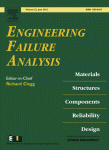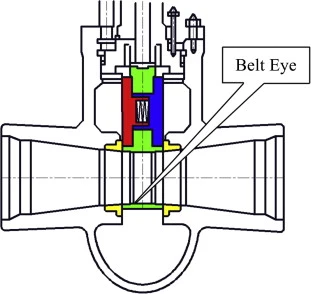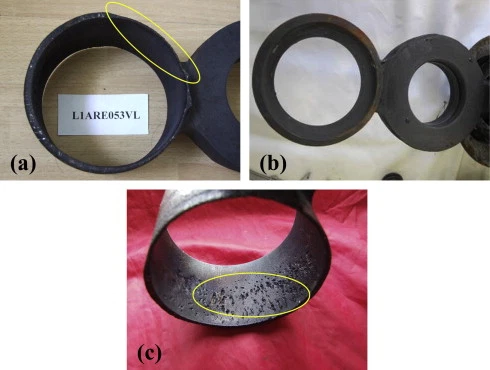
Archives du mot-clef Carbon steel
Analysis of notch effect in the apparent fracture toughness and fracture micromechanisms

The research is completed with the analysis of the evolution of fracture micromechanisms when the notch radius increases, revealing a direct relation between this evolution and the apparent fracture toughness observations.
Analyse de défaillance d’une vanne à tiroir de centrale nucléaire
Présentation d’un cas d’analyse de défaillance d’une vanne à tiroir de centrale nucléaire publié par la revue « Engeneering Failure Analysis ».
Il s’agit de l’étude d’une vanne à tiroir dont le « BeltEye » est défaillant bien avant qu’il est atteint sa durée de vie prévue. Le processus de ruine s’est avéré être de la corrosion-érosion-cavitation. Ce n’est pas la forme en venturi qui en est responsable mais le décalage entre le réducteur et le « Belt Eye » qui a provoqué l’érosion-cavitation. La cavitation a amplifié la corrosion accélérée par l’écoulement (FAC).



